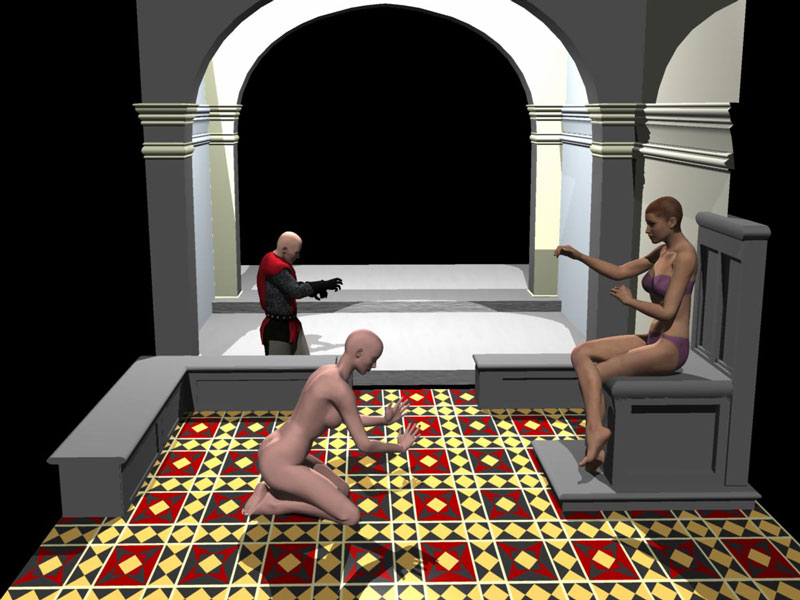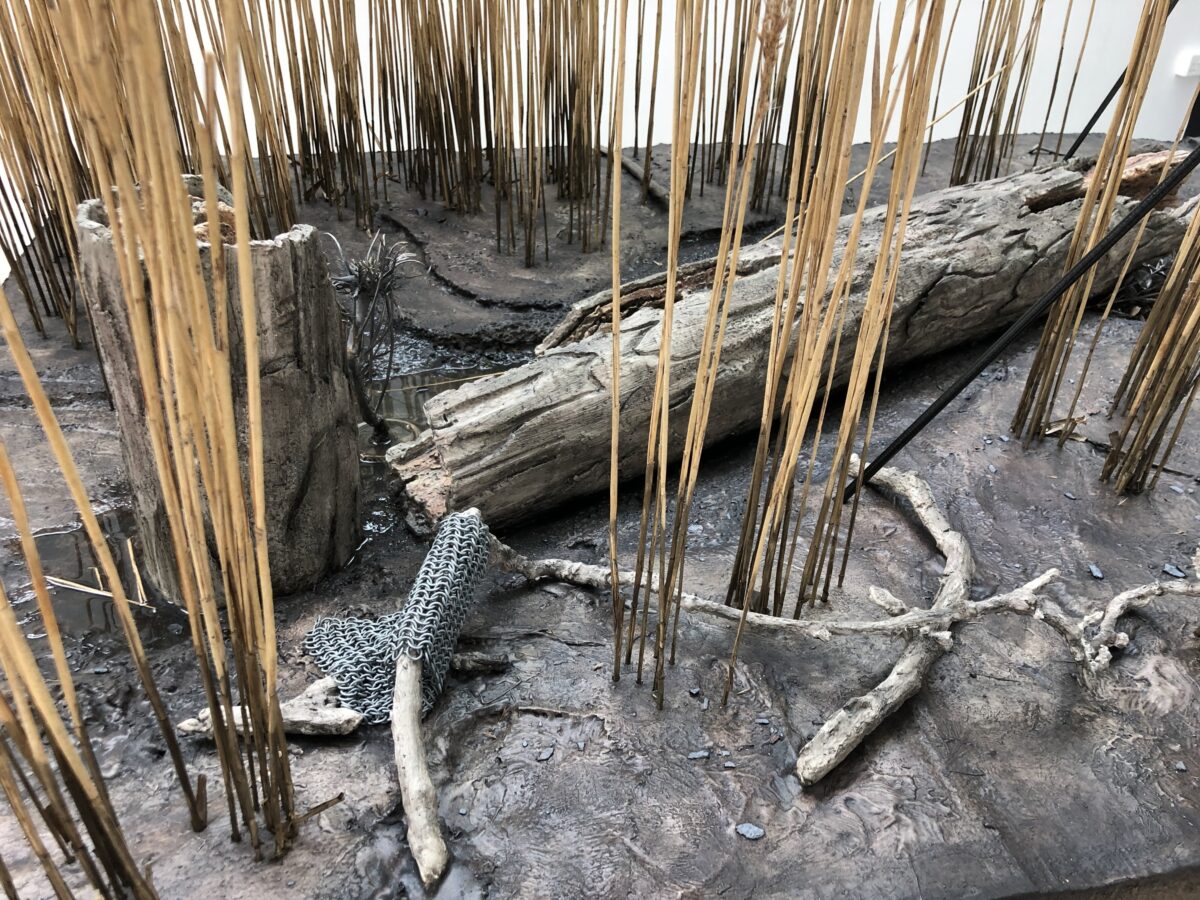
Author: PT
Peter Town is a born storyteller, gifted with an ability to translate both everyday quirks and deeper philosophical musing through his work. Often using strong lines, striking colours and symbolism in his pictures, Town has built a vibrant portfolio.
Born in Bethnal Green, he grew up in Liverpool and was later educated at Bath Academy of Art and the Royal College of Art. Taking advantage of his ability to communicate ideas visually, he went on to enjoy a successful career as a designer while he continued to paint and develop his artistic style through drawing, painting, photography, and printmaking.
While many of Town’s paintings use strong shapes and primary colours, such as the Stairscapes series, others are quieter and more contemplative, representing a more tranquil inner space.
His Abstracts series features works where the narrative is more ambiguous but ever-present. He sees landscapes, interior spaces and natural forms as abstract shapes and colours, transcribing these in his unique style onto paper and canvas.
Fen II: The Hunts by Christopher Mayer
Burnham Stave -North Norfolk
#shiftingtides – flowing lines
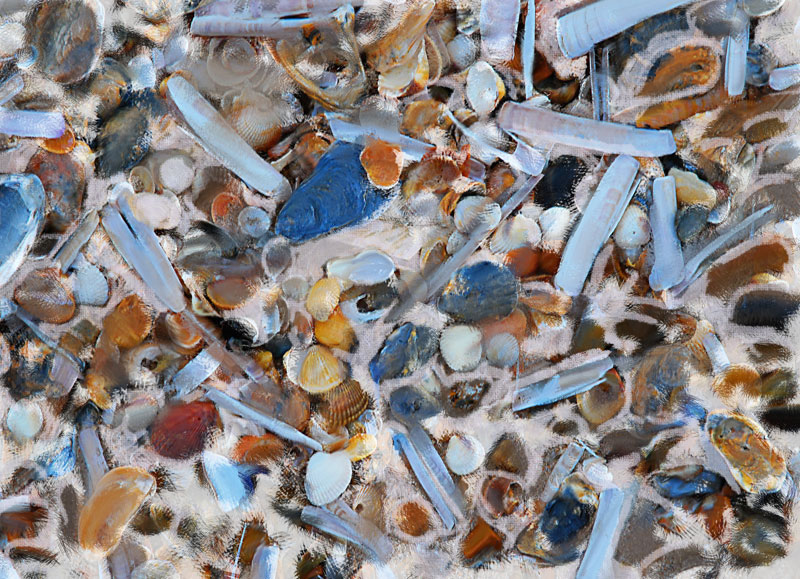
There is so much to attract the artist. For me it is the shifting nature of the place; in the course of a day an ancient church can be bathed in sunlight or lost in a misty rain, an Iceni place of worship can become a thriving community church.
Experimenting with Turner
#learningfromthemasters – exploring techniques
Picasso is reported to have said that good artists borrow from other artists and great artists steal. You can certainly see Picasso putting this into practice in some of his paintings.
Artists throughout history have learnt their trade by meticulously copying the great painters under the critical eye of their masters. This is not something I would have excelled at as I find it very difficult to copy, but I do like to explore techniques based on other artists’ work – this does not make me a great artist.
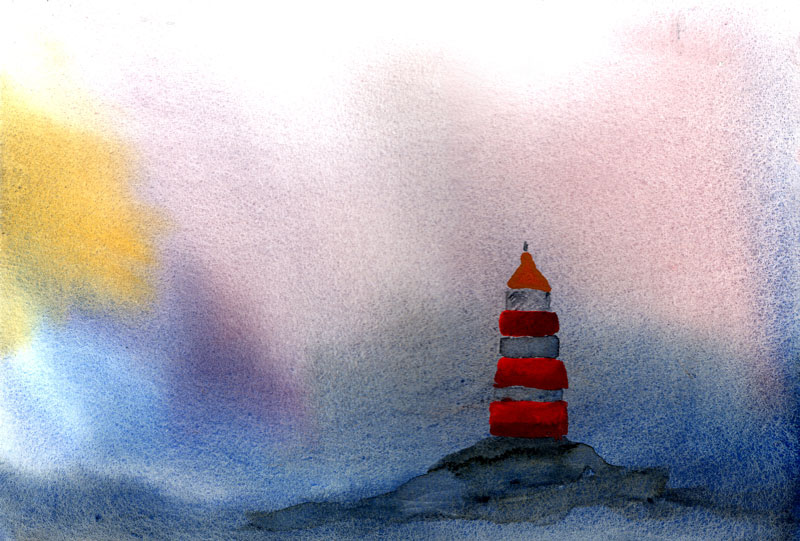
War Graphics
#symbolsofdefiance – sources of strength
People today still paint (or tattoo) their bodies to make them more resilient and stronger, a practice going back in time to the origins of mankind. Most commonly used in situations of confrontation, ‘marks’ made on the body, and later on weapons and shields, gave the wearer additional power and protection.
Similar in a way to ‘Relics and Reliquaries’ and ‘Fingertip power,’ my fascination is in understanding of what these marks, signs and symbols really mean and where their power comes from.
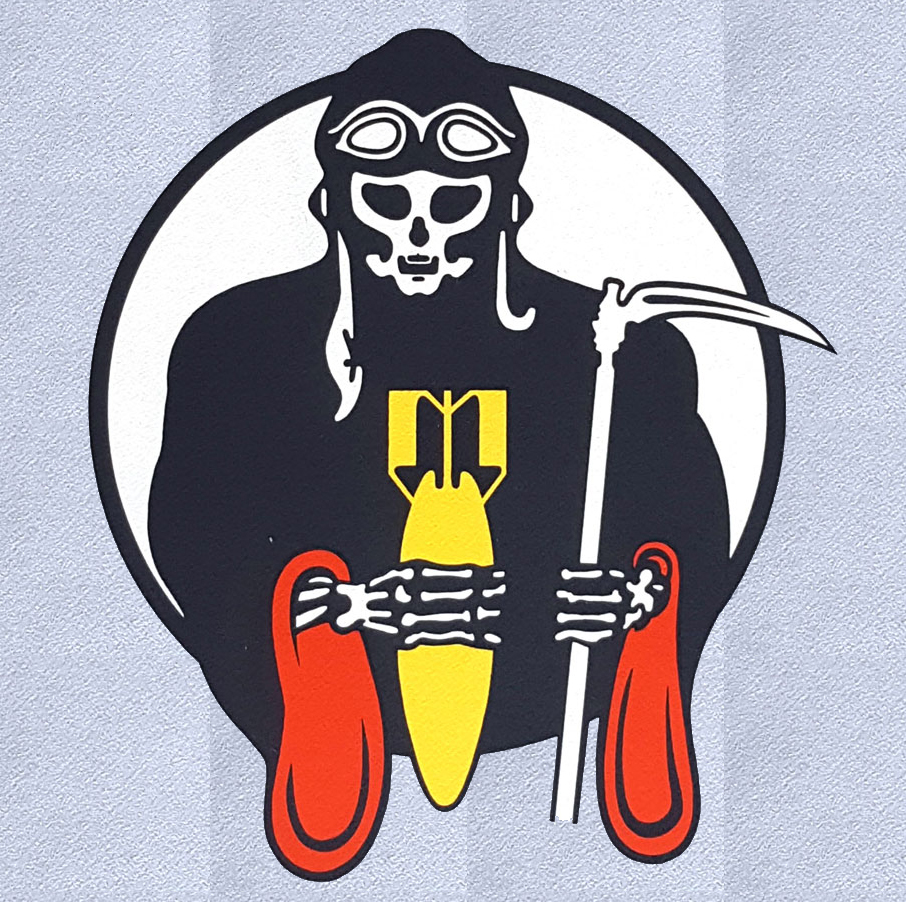
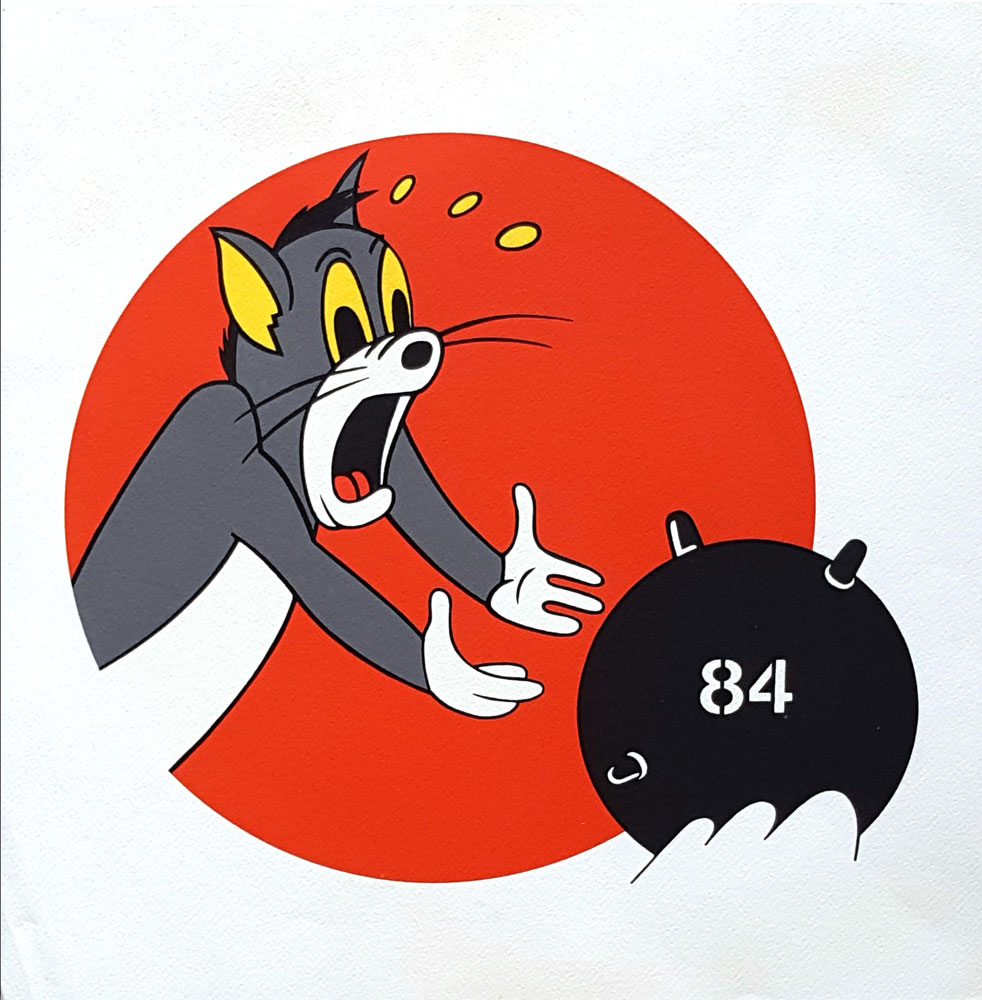
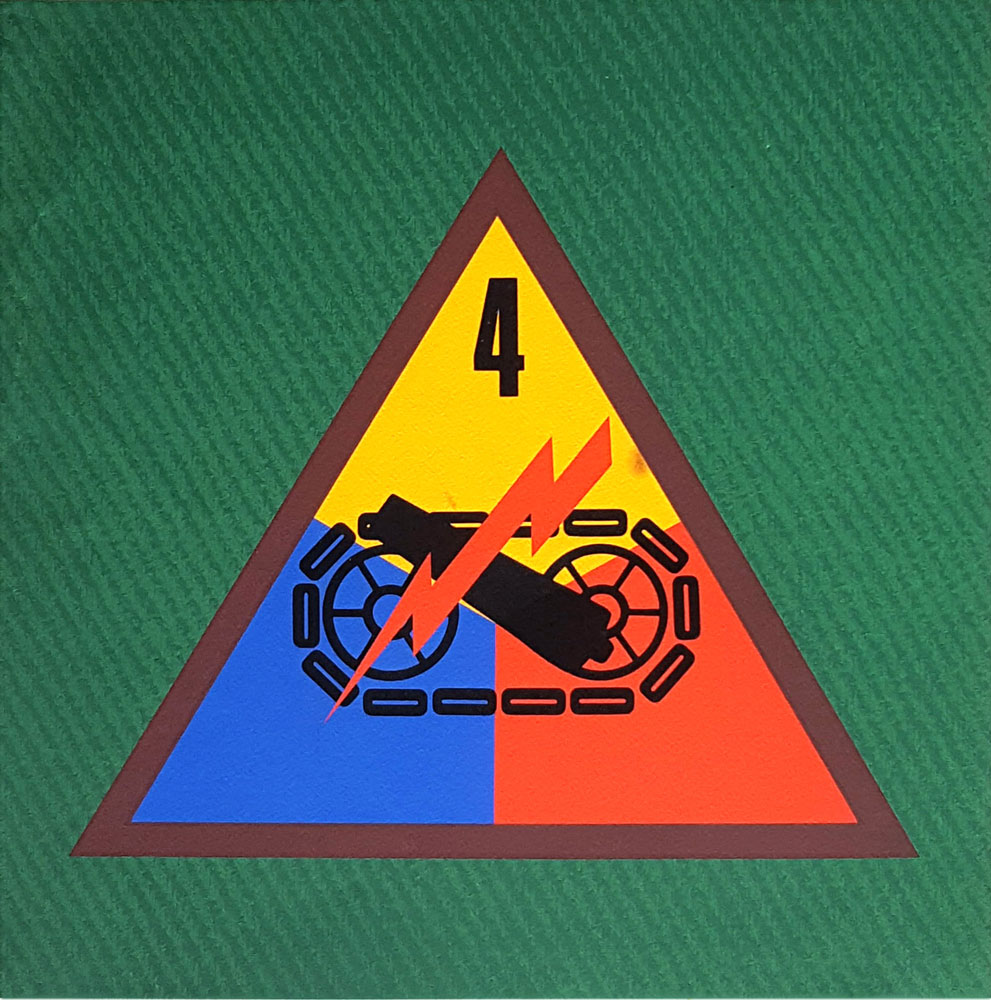
Cloud and sun
Fra Fillipo Lippi ‘Annunciation of the Virgin”
#annuciation – heralding the future
Paintings of the early Renaissance have always held a fascination for me. While the colours and artistry are brilliant, it is the compositions that hold my attention. The scenes are deliberately posed in a way prescient of photography, but photography with a difference where the perspective and scale can be manipulated to carefully compose the scene.
In this project I am attempting to visualise the way in which the scene is constructed outside the frame imposed by the artist – in other words, what it is that they did not want us to see.
